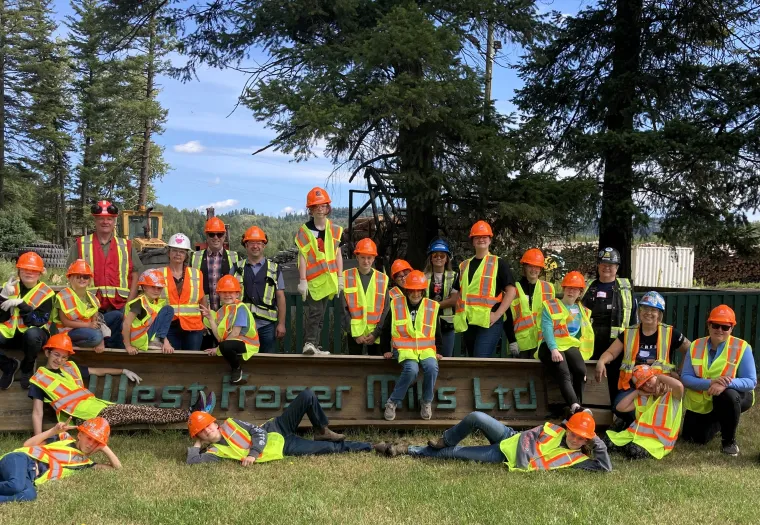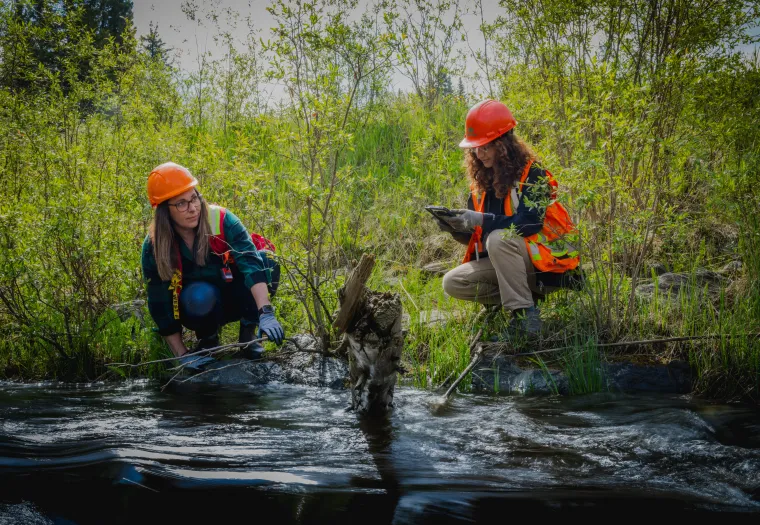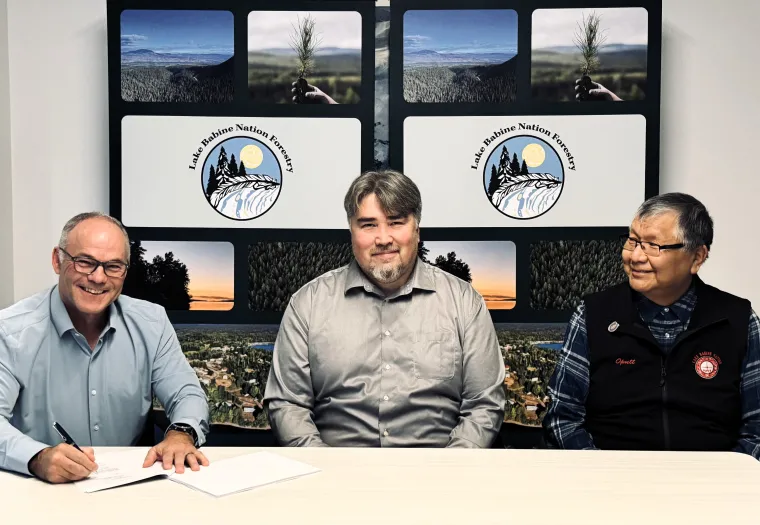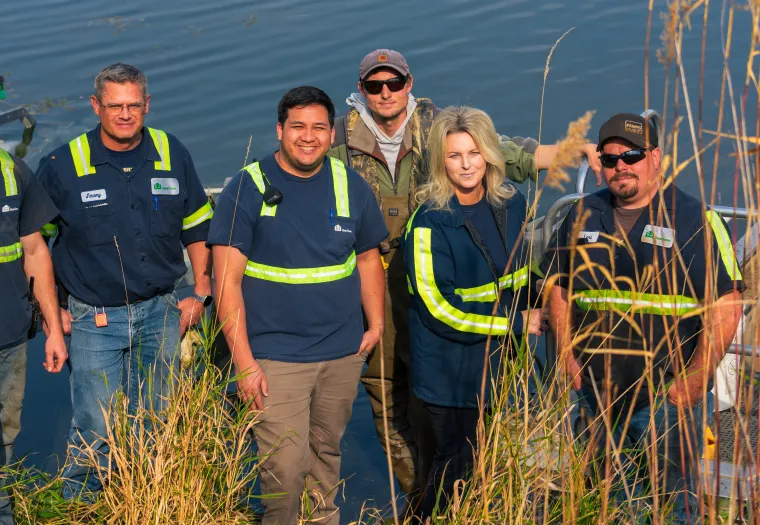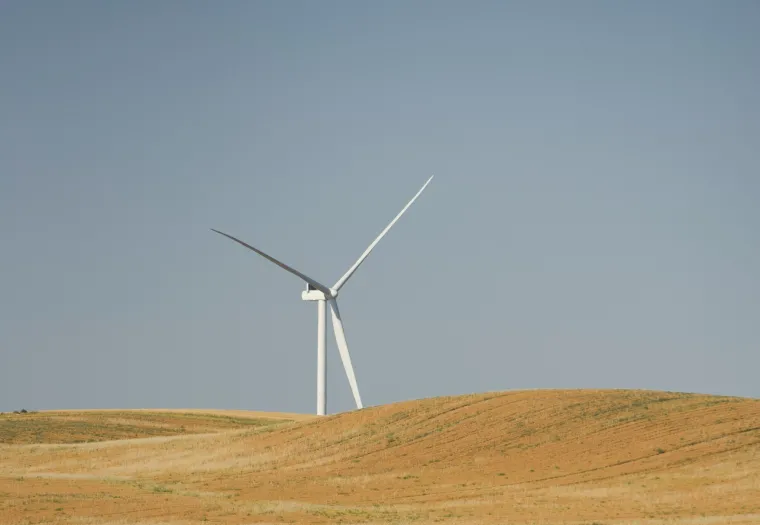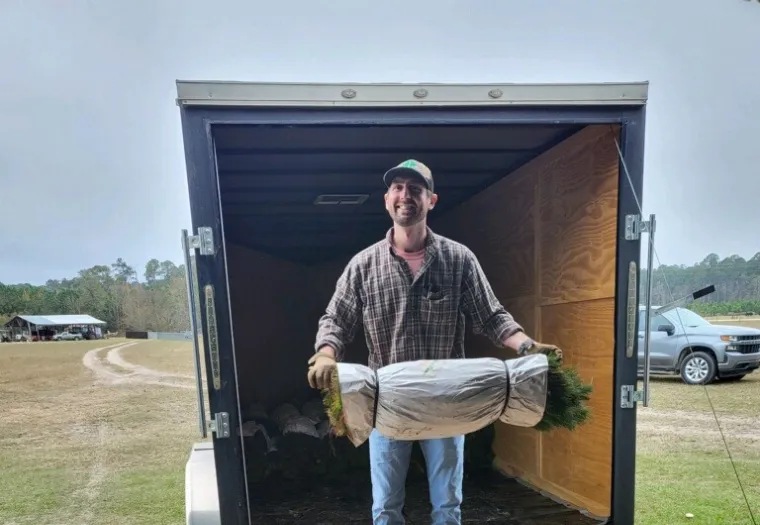Alberta Native Bee Research: Opportunities for Biodiversity
As a global manufacturer of renewable wood building products, we believe in healthy forests for the future. In Western Canada, where we manage forests directly, our forestry professionals and biologists regularly work on the land, developing long-term management plans for a range of values, including biodiversity.
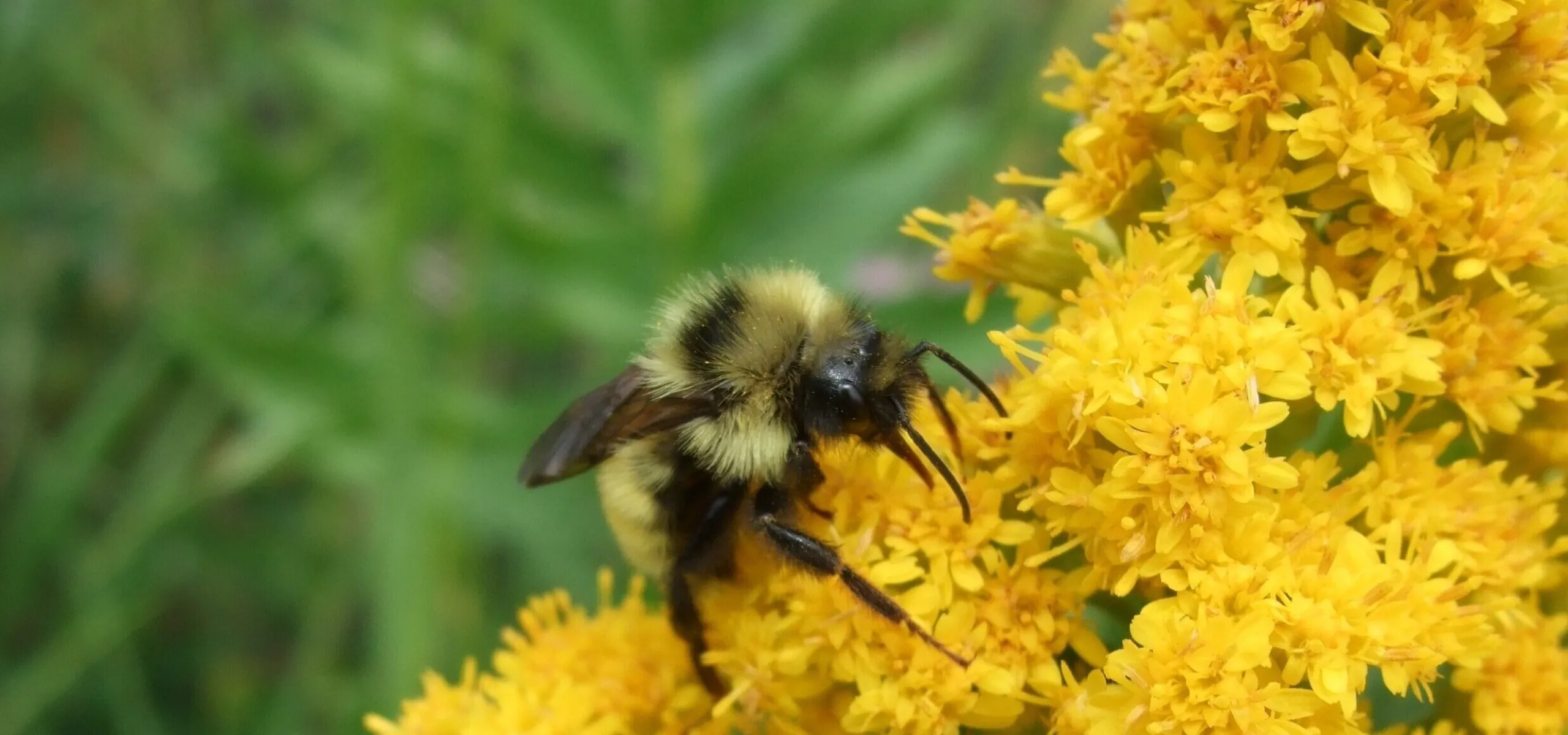
We also support biodiversity research, including a recent project with the Alberta Native Bee Council (ANBC), which was funded through the Forest Resource Improvement Association of Alberta (FRIAA). Alberta’s native bees to biodiversity, including our forestry operations.
Bees are vitally important because of the pollination services they provide to native plants and food crops. Globally, pollinators are under threat from habitat loss, climate change, pesticides and many other anthropogenic stressors.”
Jillian C., Habitat/Wildlife Biologist, West Fraser
In Alberta, there is currently no government agency or legislation mandated with monitoring and protecting native bees. However, with support from our funding, the ANBC and its 49 sample partners are committed to routine, strategic monitoring of native bees to inform species-at-risk assessments and recovery and realize the project’s vision of healthy and resilient pollinator populations and habitats in Alberta.
“As there are 370 native bee species in Alberta, long-term, repeatable monitoring is necessary to understand the current status of native bees in the province. Monitoring also identifies trends and changes in bee populations over time. This project conducted regular sampling during the summer of 2024 to expand and build on the existing data set previously collected in 2018,” said Jillian.
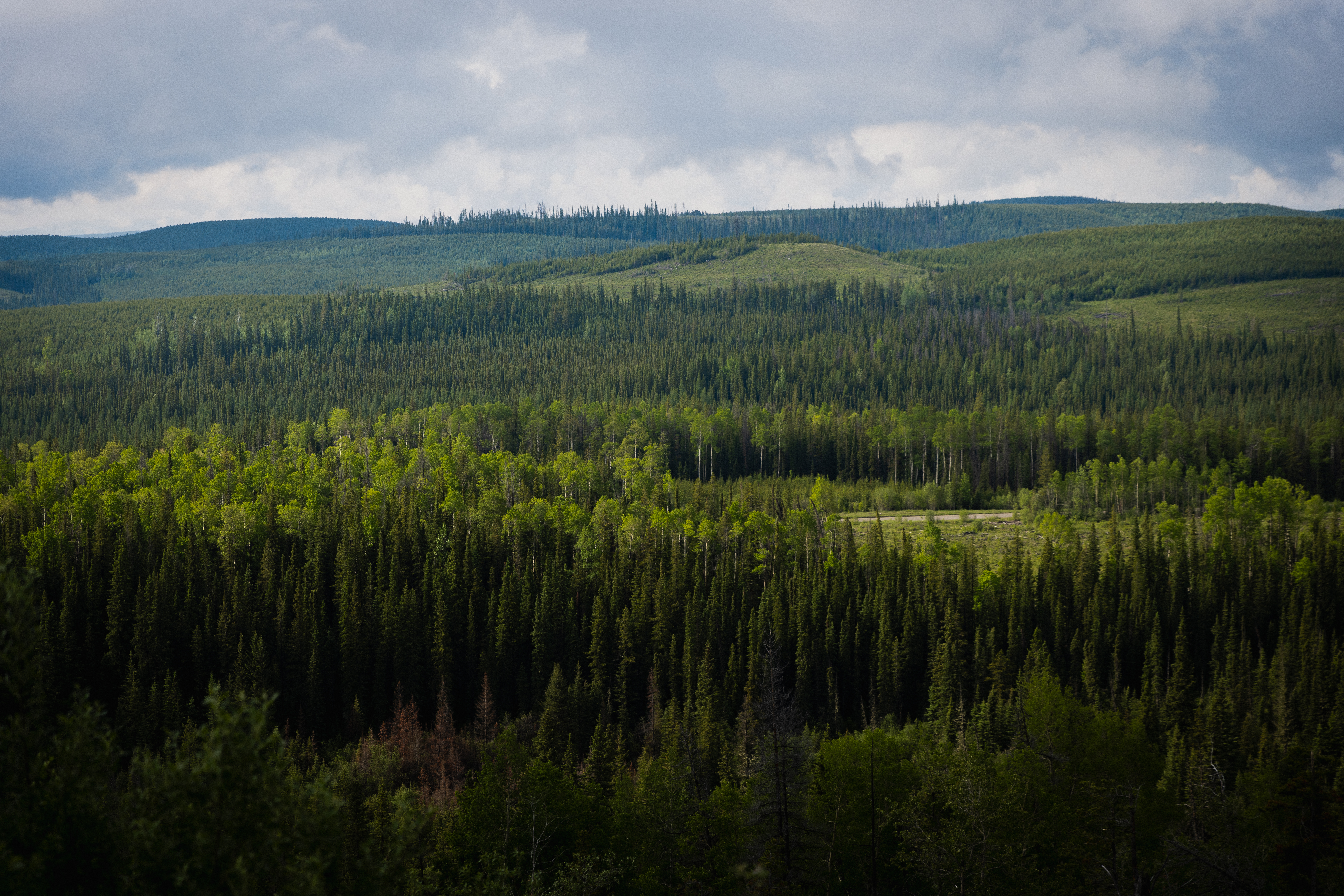
Another research objective is to collect data regularly over many years to highlight how a species’ range may be expanding or shrinking. Monitoring allows for identification and mitigation of potential threats, aiding in the conservation of these essential pollinators and the ecosystems they support.
Species samples will continue to be sent from 175 sample collection sites until the end of the year. There were 112 collection sites in 2018, which means the overall number of species collected could be higher for 2024.
The 2024 study also focuses on under-studied regions, including Alberta’s remote and northern regions, thanks to partnerships with local communities and organizations. The next four years of funding will support ANBC’s work with the samples collected this year, including species identification, data management and communications.
“We look forward to providing an update as our study progresses and thank ANBC’s network of sampling partners – including Alberta Biodiversity Monitoring Institute, Alberta Forestry and Parks, the Association of Alberta Agricultural Fieldmen, Watershed Planning and Advisory Councils, Applied Research Associations, Elk Island National Park, and individual citizen scientists,” said Jillian.
